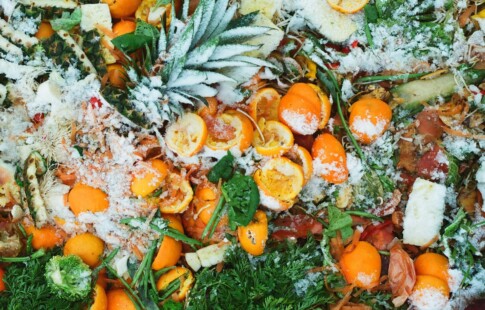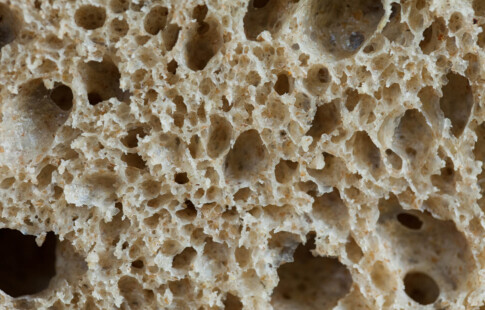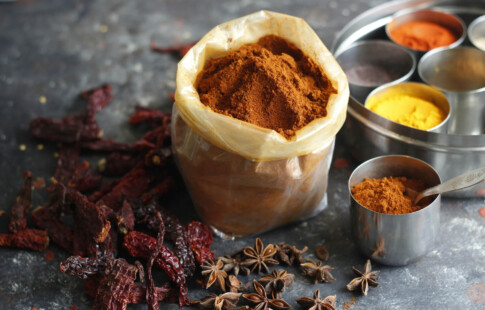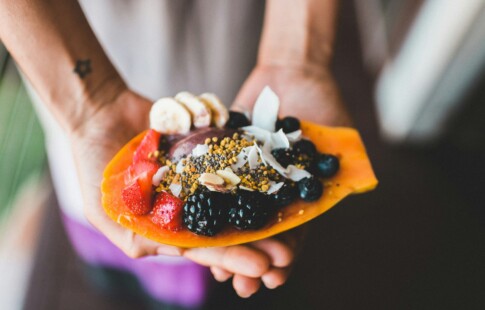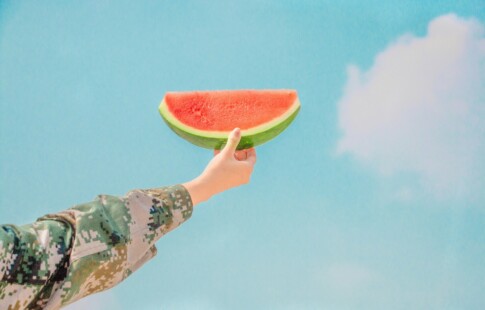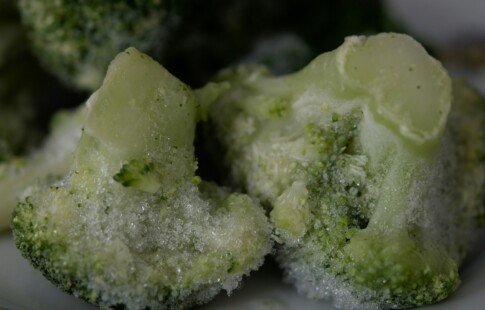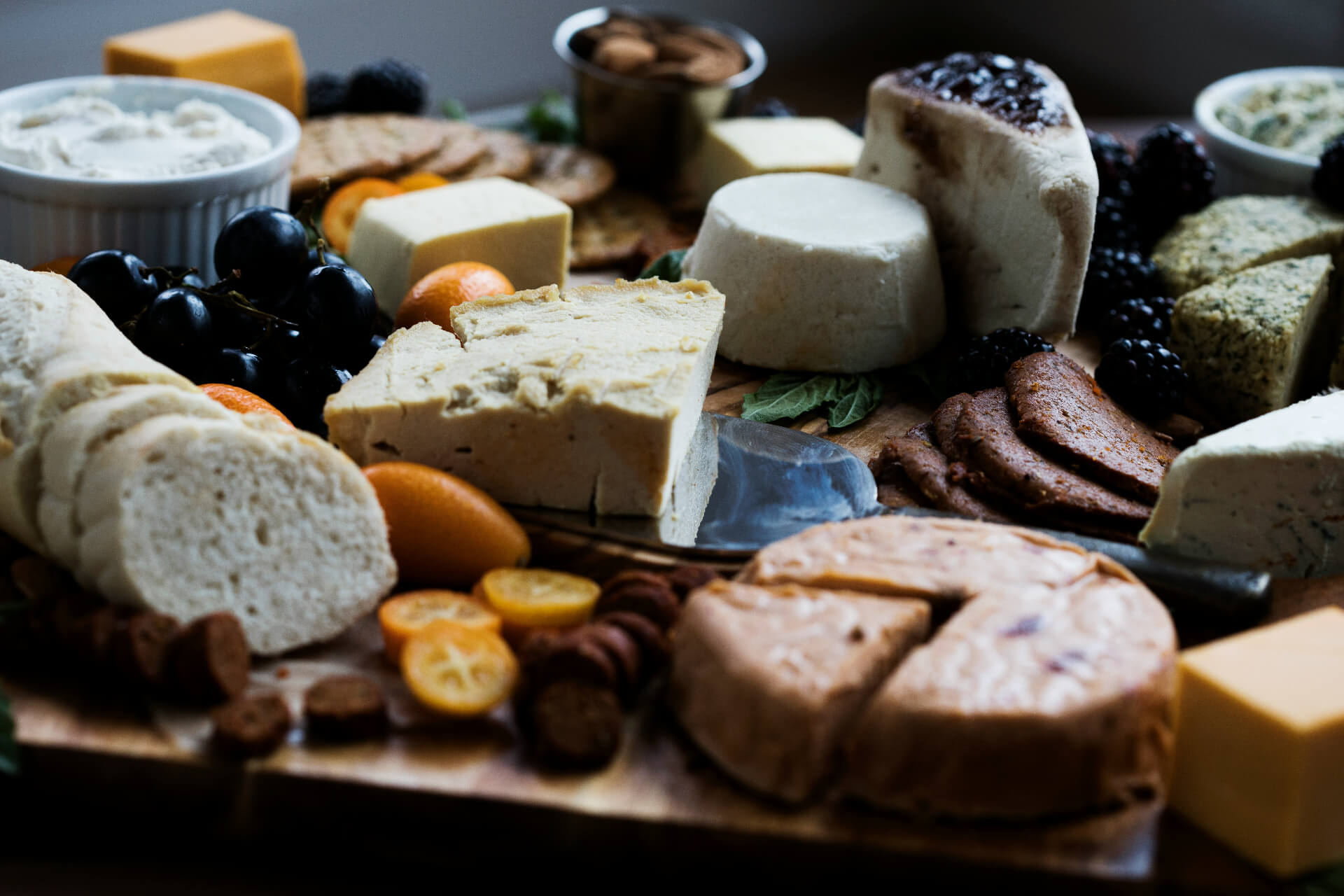
What Is Vegan Cheese Made Of? Know What You Eat
We are reader-supported. When you buy through links on our site, we may earn affiliate commission.
We all know regular cheese is made from dairy products. With so many plant-based alternatives coming on the market with less information surrounding them, many want to know — what are they made from? What is vegan cheese made of? Discover the answers and purpose behind each ingredient, and how nutritious and sustainable it will be in the long run.
What Are the Most Common Ingredients?
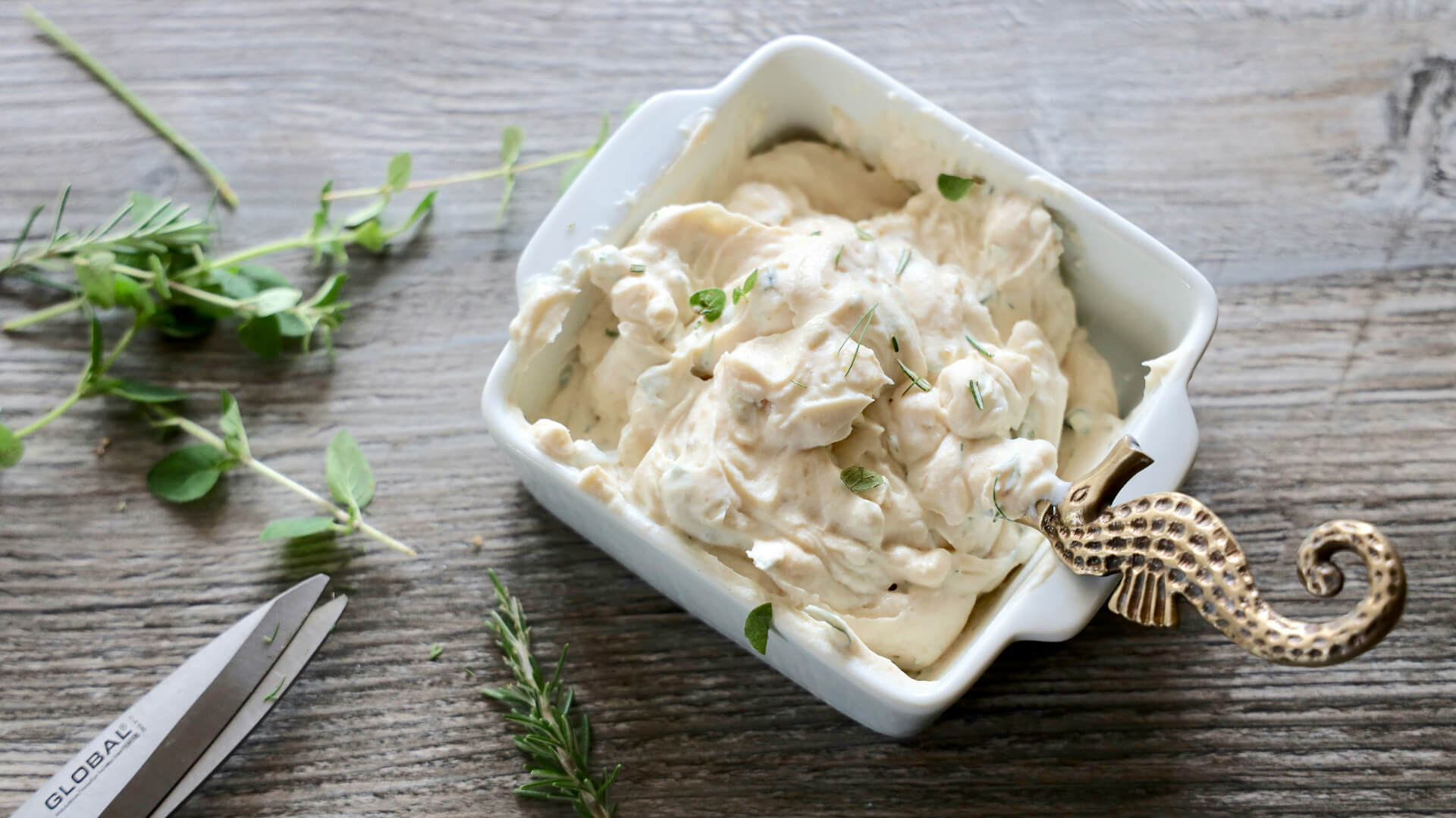
How could vegan cheese have anything in it other than dairy? Let’s parse the most popular inclusions, though they vary from maker to maker.
Soy
Soy products, usually in the form of tofu, provide the base for many vegan cheeses. It is responsible for replicating the chewy-like texture of some cheese types. As an added bonus, the natural protein in tofu simulates the expected macronutrient density of some dairy-based cheeses.
Nutritional Yeast
Nutritional yeast is often the go-to for vegan sauces because it has a naturally cheesy flavor. While it is not exact to a dairy cheese, mixing it with the right nuts and milk alternatives makes it a perfect substitute. It is chock-full of micronutrients that might be hard to find in other foods, including dairy cheese, such as vitamin B12.
Seeds and Nuts
This is another common foundational ingredient, sometimes on its own or as a supplement to soybeans. It contributes additional protein. Some of the nuts and seeds include:
- Cashews
- Macadamias
- Pine nuts
- Almonds
- Sunflower seeds
- Peanuts
- Pumpkin seeds
Vegetable Oil
This is where the fat content comes in. Without a fat, the cheese won’t ever have dreams of being smooth and thick, like the creaminess of your favorite cheeses. Some options include coconut, sunflower, or conventional vegetable oil.
Thickeners and Starches
Carrageenan, xanthan gum, and tapioca starch are common thickeners and starches that substitute the flour needed for a great cheese. It makes the texture as close as possible. While vegan cheeses are not known for being the most melt-friendly, it does make it as good as it can be. All-purpose flour is another option if you’re not gluten-intolerant.
Other Optional Ingredients
Other ingredients might be included as an additional binder or simply for flavor, such as:
- Peas
- Potatoes
- Agar
- Beans
- Oats
- Rice
- Miso
- Arrowroot
- Spices, like salt, pepper, and paprika
- Apple cider vinegar
How Is Vegan Cheese Made?
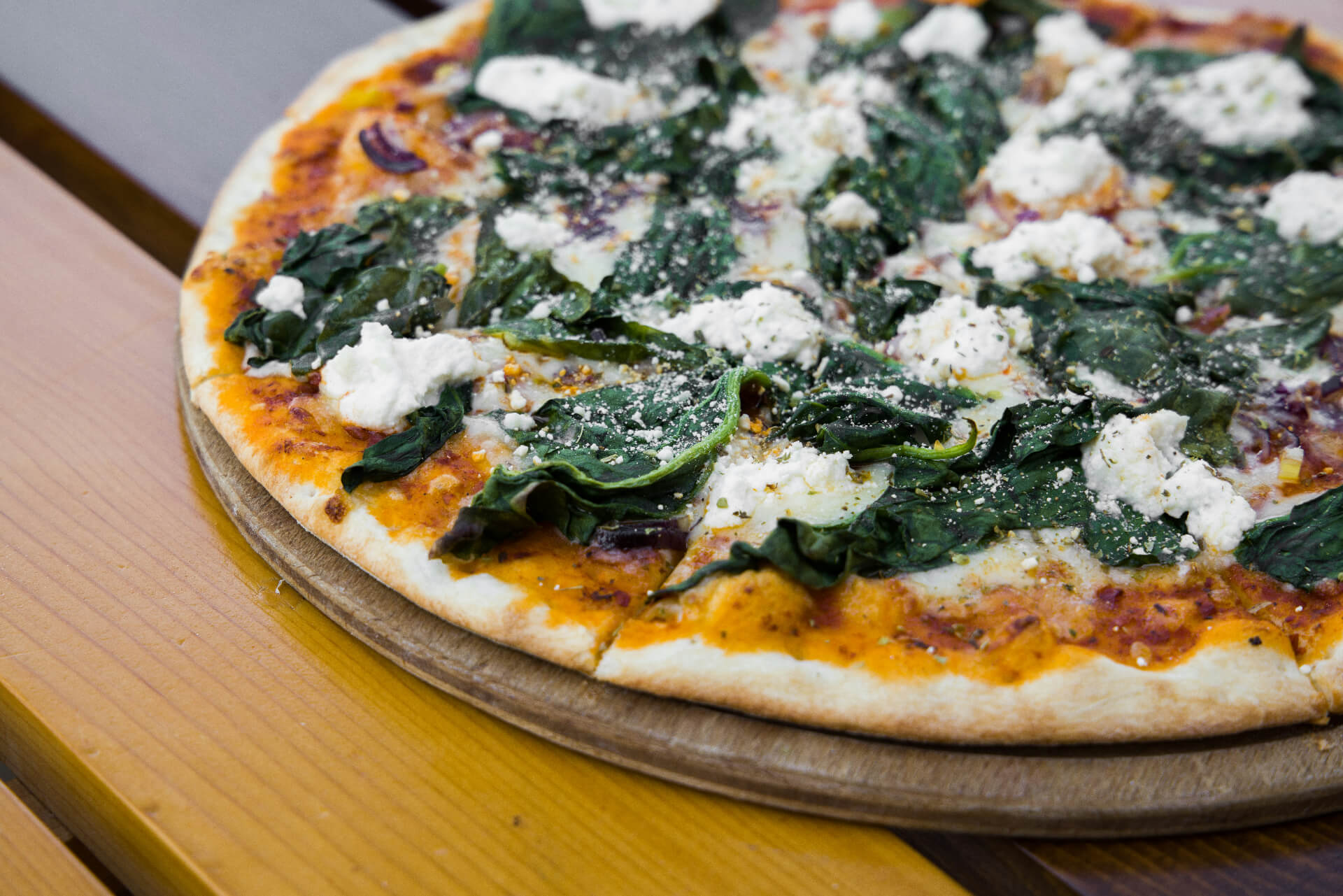
What does it look like for commercial outfits and in your own home?
Store-Bought
Businesses have been trying to perfect vegan cheese for longer than you might expect. It is more difficult than meat replacers and imitations because the structure is more complex. Casein, the protein in cow’s milk that makes cheese the texture you know and love, does not have a plant-based equivalent. However, most commercial vegan cheeses rely on cashews to get close.
The food industry will mass blend and ferment these cashews for weeks to make a variety of vegan cheese products. At this stage, it is also the best time to add spices for flavor. Then, the base will go through any number of stages, including smoking or aging as appropriate for the type of cheese the business wants. Fortification is another step of the process, enriching the cheese to have greater nutrient densities. This could be with vitamins or preservatives to make them last longer.
DIY
Yes, you can make vegan cheese at home. It can be shredded, blocked, spreadable, or whatever other consistency you like. Recipes vary based on the form you want. Making vegan cheese at home gives you more control over what ingredients you choose, especially if you have allergies to any of the common ingredients. Need a cheese sauce for macaroni noodles or queso? Give these recipes a spin.
All you need are tools like a pot or blender, the right ratio of ingredients, and some time. The example we will give is for cheese blocks, inspired by this recipe.
- Put ingredients into a saucepan and stir.
- Heat to boil while stirring constantly to melt ingredients correctly.
- Pour mixture into a mold.
- Let the mixture cool without a lid.
- Cover and put in the fridge to set for at least two hours.
Is Vegan Cheese Better for You Than Dairy?
The healthiness of vegan cheese is controversial. Some studies prove how it could be better for heart health because of lower saturated fat, contributing to chronic disease. Alternatively, common fats, such as coconut oil, contain a more robust fat content than some dairy-based cheeses — rendering this argument nearly moot. However, this can vary company to company based on ingredients.
Ingredients such as nutritional yeast add far more B12 to the cheese compared to competitors. B12 deficiency is a dangerous reality for many, causing numerous nervous system malfunctions if left unchecked. This is more common than many may consider, since it is hard to find naturally.
However, there are a few more health considerations for vegan cheeses. The proteins are not all created equal. Not all have the same amount compared to dairy, so you should supplement it with additional resources if the vegan cheese is the protein source of a meal. Additionally, many vegan cheeses contain higher sodium content, so be careful when crafting a recipe to have this alongside low- to no-sodium ingredients for balance.
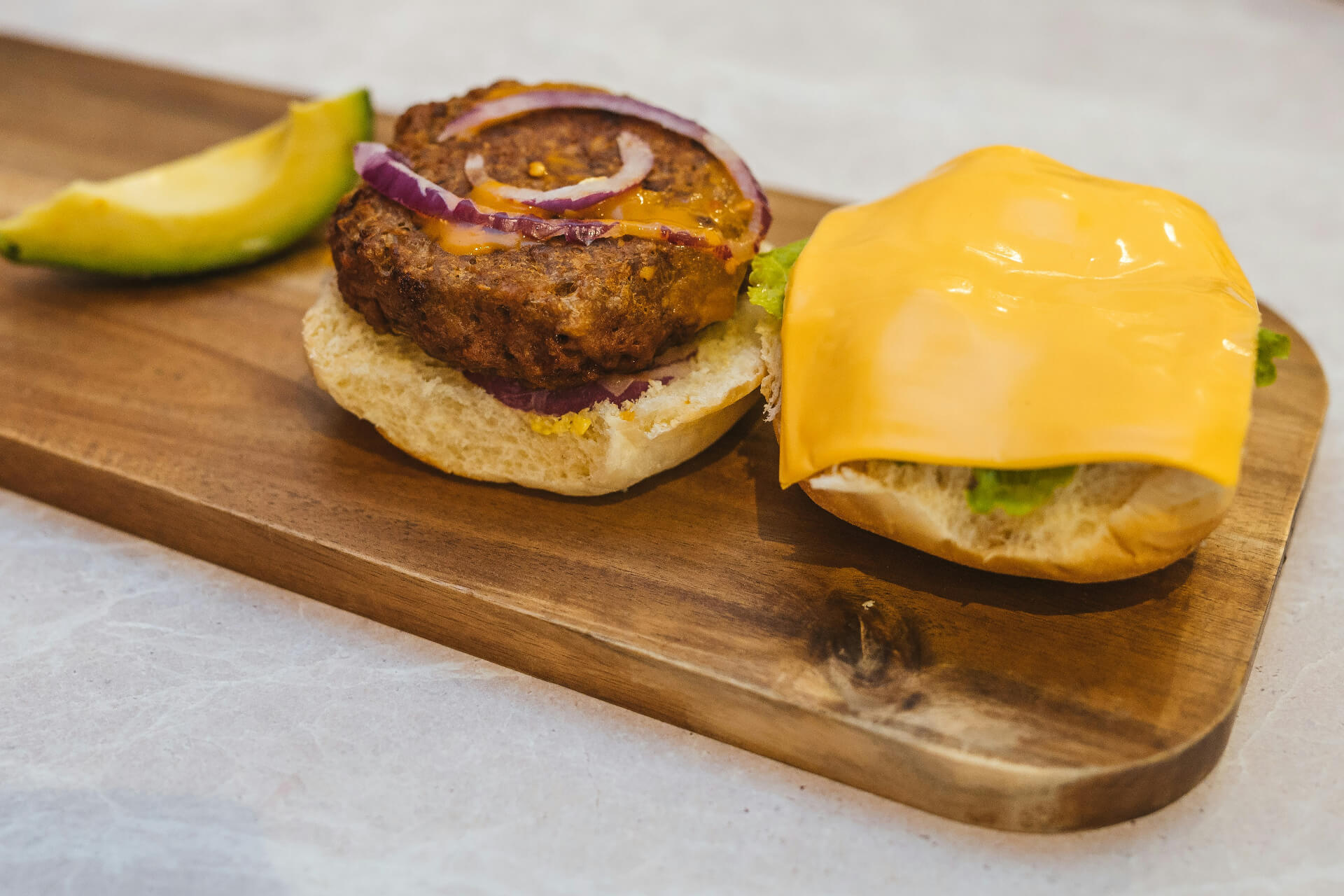
Brands to Try for Beginners
Don’t know what companies have a solid reputation for good vegan cheese? While some of these organizations have specializations, such as shredded or cream cheese, you can trust these companies have invested resources into perfecting their products.
- Tofutti
- Miyoko’s
- Earth Grown
- Armored Fresh
- Kite Hill
- Daiya
- Moocho
- Boursin
- Treeline
- Permela
- Violife
- Nurishh
- Follow Your Heart
- Chao from Field Roast
Now You Know What Vegan Cheese Is Made Of
Just because it isn’t made of dairy doesn’t mean it’s bad for you or some mysterious unhealthy preservative soup. Vegan cheese is only getting better every year to be more nutritious, meltable, and delicious. Even non-vegans could enjoy a slice or two on their favorite sandwiches or shredded on top of a tasty pasta. If you want your diet to have less of an impact on the planet, you might want to give it a try.
Share on
Like what you read? Join other Environment.co readers!
Get the latest updates on our planet by subscribing to the Environment.co newsletter!
About the author

Steve Russell
Steve is the Managing Editor of Environment.co and regularly contributes articles related to wildlife, biodiversity, and recycling. His passions include wildlife photography and bird watching.
